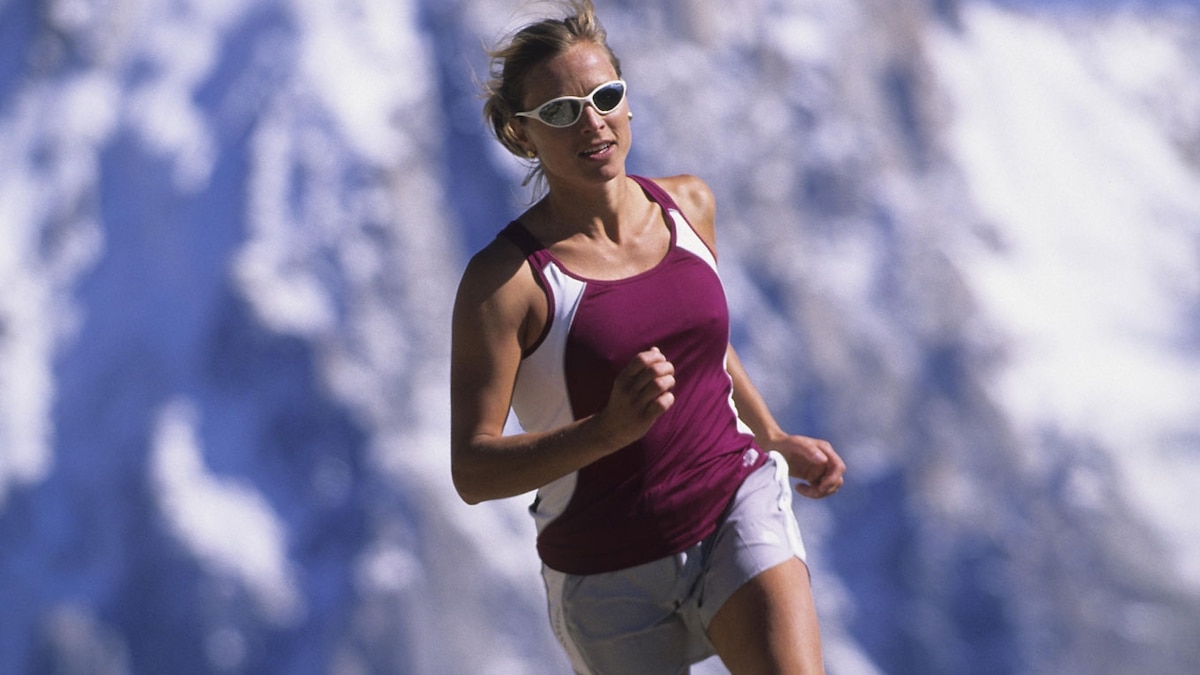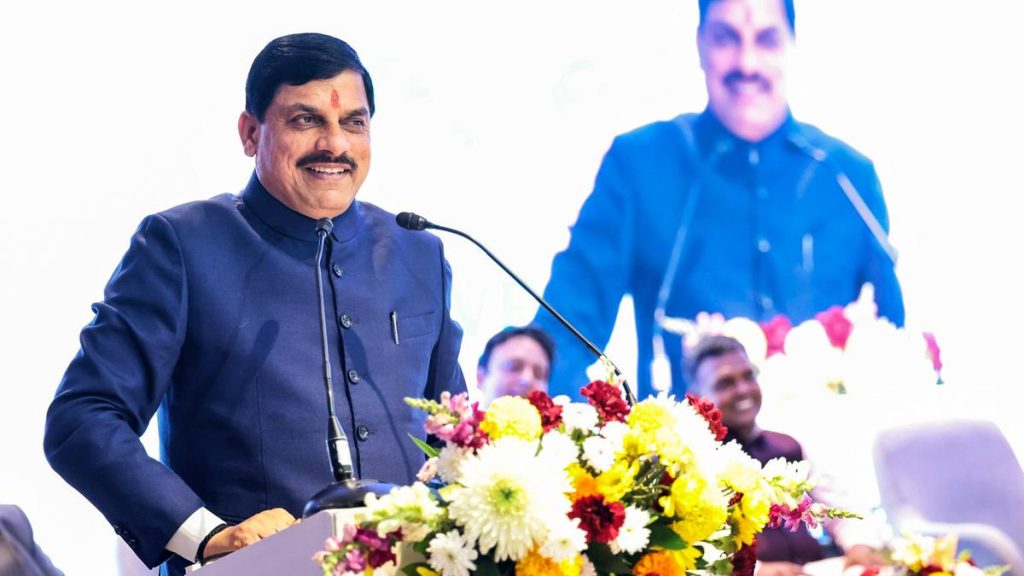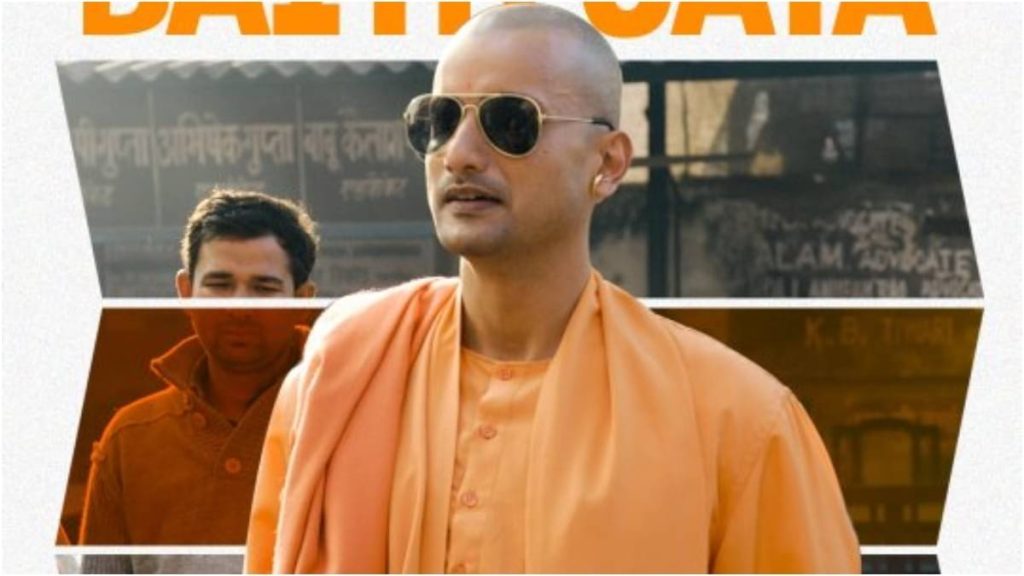Now Reading: Top Running Sunglasses for 2025: Expert Picks
-
01
Top Running Sunglasses for 2025: Expert Picks
Top Running Sunglasses for 2025: Expert Picks

Swift Summary:
- The article emphasizes the importance of wearing running sunglasses to prevent eye damage and diseases caused by UV light exposure.
- Recommendations include various sunglasses tailored for different needs: lightweight, sweat-resistant, adjustable nose pads, interchangeable lenses, prescription options, and polarized features.
- Featured products include Rudy Project Propulse (best overall), Oakley Radar EV Path (best for men), Roka Barton 2.0 (best for women), Maui Jim Ho’okipa (polarized option), and Smith Shift Split MAG (ideal for trail running).Budget-amiable options like Tifosi Vogel SL and stylish picks like Goodr OGs are suggested as well.
- Advice is provided on factors to consider when purchasing running sunglasses: UV protection should be non-negotiable; materials matter for durability; fit impacts comfort; lens clarity can make a difference based on terrain; and prescriptions or interchangeable lenses may cater to individuals’ unique requirements.
Indian Opinion Analysis:
While this article primarily targets a global audience of runners seeking premium gear recommendations, its insights on protecting eye health have meaningful relevance in India’s context too. With hot climates across much of the country and extended sunny periods through seasons like summer or monsoon, ensuring UV protection aligns with local health priorities-especially given rising awareness around preventive healthcare among Indian consumers.
Additionally, affordability plays a key role in a market where budgets heavily influence buying decisions. Thus casual joggers or fitness enthusiasts might lean towards budget-friendly alternatives that offer adequate functionality without straining finances-options such as Tifosi Vogel SL highlighted here could resonate well among price-conscious consumers.
For professionals or competitive athletes in india starting to embrace premium sports accessories amid evolving trends towards wellness culture-the emergence of tech-enabled options like Engo 2 might appeal long-term toward advanced performance tracking innovation increasingly demanded-access globally shifts sustainably adapting prioritizing quality compatible interventions!

























